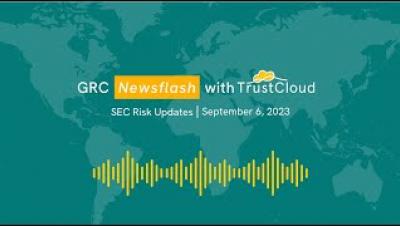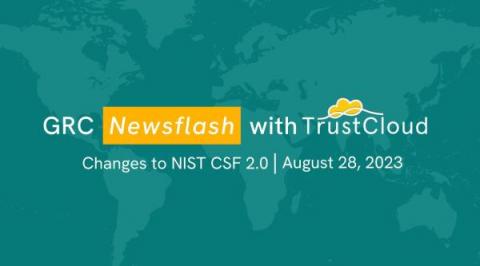Five hopes and fears every CISO has for AI
For almost a century, artificial intelligence (AI) has been depicted in our media. Starting with Fritz Lang’s 1927 film, “Metropolis,” and through major blockbusters like The Terminator series, “2001: A Space Odyssey,” and “Her,” these movies have all included or focused on AI’s potential impact.










